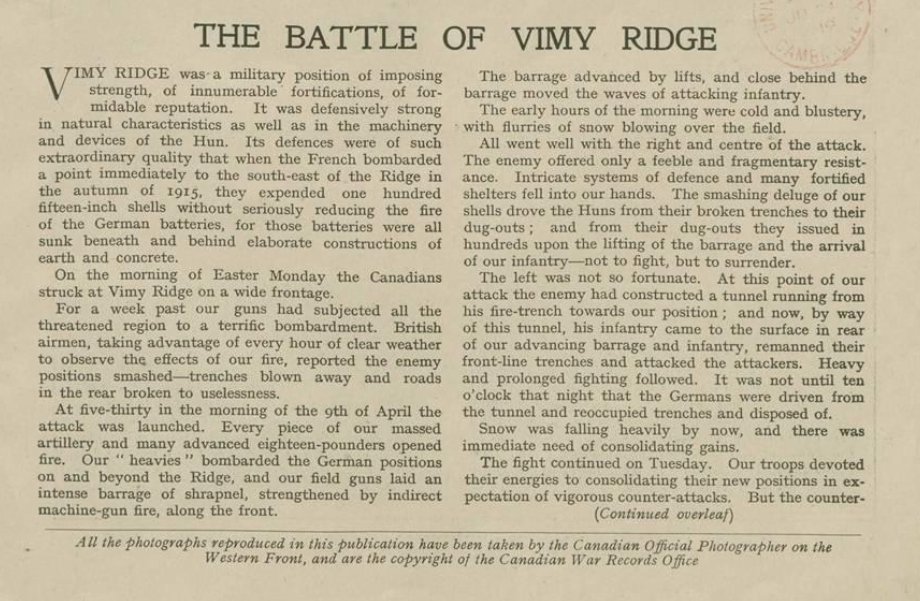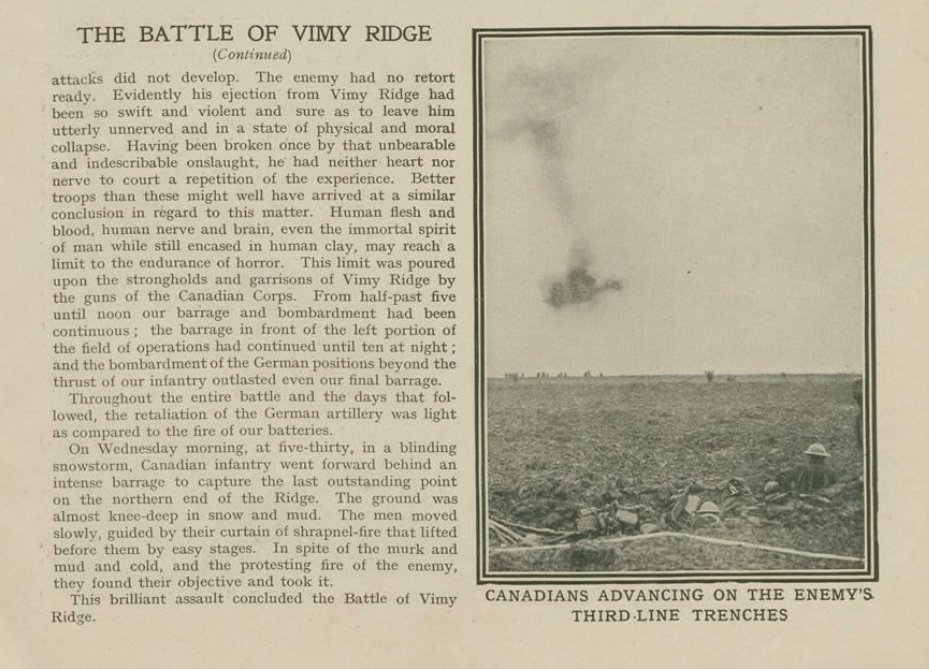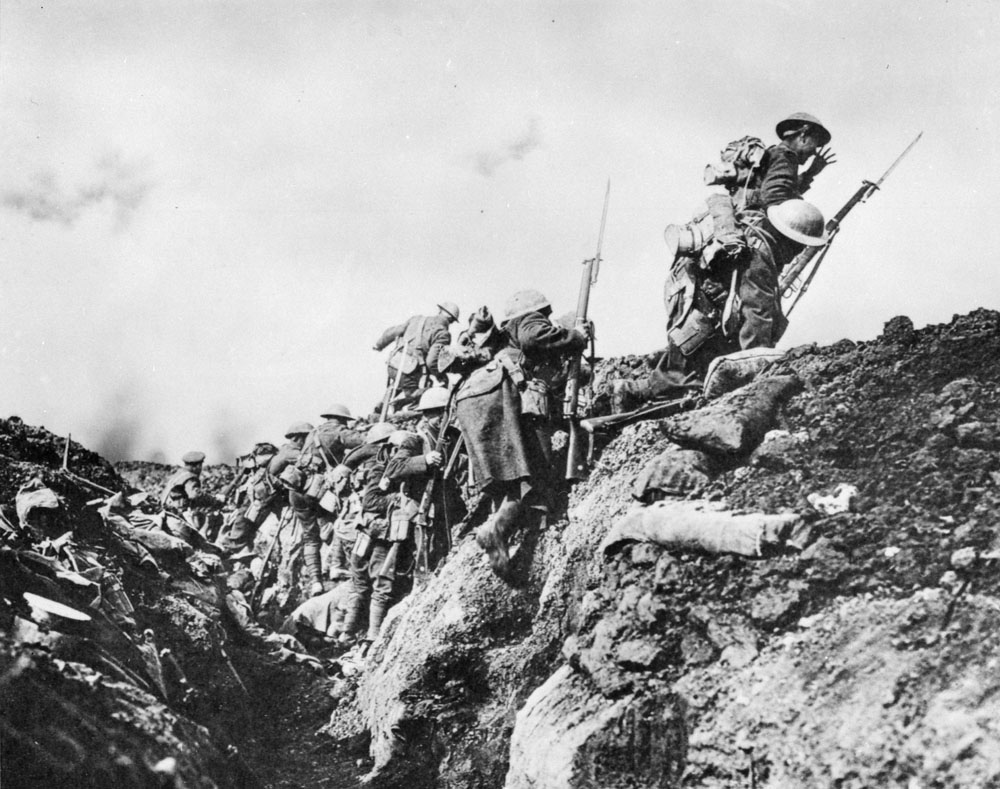
How to get URL link on X (Twitter) App


 Today I want to talk about what happens usually after the print goes to press (as opposed to changes the photographer themselves might do, though they could).
Today I want to talk about what happens usually after the print goes to press (as opposed to changes the photographer themselves might do, though they could).

 I find myself often giving my hot takes on how photography is subjective.
I find myself often giving my hot takes on how photography is subjective. 
 Photograph is: Ivor Castle, A trench on the Canadian Front showing Trunk Holes, May 1917, private collection.
Photograph is: Ivor Castle, A trench on the Canadian Front showing Trunk Holes, May 1917, private collection.

 Rider-Rider IS an unusual surname. So much so, that I’ve had a TON of trouble finding much about his genealogy. We know that he married a Rosina Ada Hill and that they had a son together less than 9 months later.
Rider-Rider IS an unusual surname. So much so, that I’ve had a TON of trouble finding much about his genealogy. We know that he married a Rosina Ada Hill and that they had a son together less than 9 months later. 

https://twitter.com/CarlaJeanStokes/status/1445755079231885317The other morning, I had a collector friend send me an email about a photograph he was looking at on eBay. He had done some googling and found this site, claiming the photograph was taken by a nurse.

 One of the most important texts that you need to check out is Anne Wilkes Tucker (et al’s) “War/Photography: Images of Armed Conflict and its Aftermath.” This exhibition was mounted at the MFA Houston in 2012.
One of the most important texts that you need to check out is Anne Wilkes Tucker (et al’s) “War/Photography: Images of Armed Conflict and its Aftermath.” This exhibition was mounted at the MFA Houston in 2012.

 To start, here's Herbert Baldwin's "A War Photographer in Thrace." Baldwin was later hired as Australia's official photographer for a brief time in the #FWW.
To start, here's Herbert Baldwin's "A War Photographer in Thrace." Baldwin was later hired as Australia's official photographer for a brief time in the #FWW.
https://twitter.com/markAcorn/status/1405312620748488708It's important to note that some photographers almost never made prints from their own negatives. Photojournalists are sometimes a good example of this.

https://twitter.com/ThisDayInWWI/status/1397376901912547328It's not super weird that the NY Tribune published it nearly 2 years later. The New York Times' Midweek Pictorial also published photographs a little later than when they were taken (not always this late though).


 One thing to admit: this is only one report of the battle but it was written by the Canadian War Records Office, and who was more likely to aggrandize this event than the Canadians who produced wartime propaganda?*
One thing to admit: this is only one report of the battle but it was written by the Canadian War Records Office, and who was more likely to aggrandize this event than the Canadians who produced wartime propaganda?*

 I paired it up with a super old pic of me holding a vintage camera, because we need to get some visibility and beat that algorithm, fam. Share away to your hearts content!
I paired it up with a super old pic of me holding a vintage camera, because we need to get some visibility and beat that algorithm, fam. Share away to your hearts content!

 (Photograph is: Lt. Charles Hemming “Chas” Hastings, CWRO Records Officer, ca. 1916-1919, unattributed, LAC MIKAN 3216622).
(Photograph is: Lt. Charles Hemming “Chas” Hastings, CWRO Records Officer, ca. 1916-1919, unattributed, LAC MIKAN 3216622).

 I’ve been researching Castle’s life and career for about four years (although he didn’t leave much behind for us). Learn more about Castle (and importantly, how and why he and other official photographers were hired) here:
I’ve been researching Castle’s life and career for about four years (although he didn’t leave much behind for us). Learn more about Castle (and importantly, how and why he and other official photographers were hired) here:

 Photograph is: A gas sentry ringing an alarm at Fleurbaix, 15 miles south of Ypres, June 1916, Ernest Brooks, © IWM Q 669 #warphotos
Photograph is: A gas sentry ringing an alarm at Fleurbaix, 15 miles south of Ypres, June 1916, Ernest Brooks, © IWM Q 669 #warphotos

 (This #thread is derived from a talk I gave last year for Remembrance Day, but as we all know, this year looks a little different. Alas, the magic of the internet).
(This #thread is derived from a talk I gave last year for Remembrance Day, but as we all know, this year looks a little different. Alas, the magic of the internet).

https://twitter.com/LeBrunJames81/status/1285926116193193986Jimmy was born in Belfast, Ireland, in 1906, but enlisted for the war from Vancouver. He had been working as a cameraman for Columbia Studios. Enlisting in Vancouver, he became a member of the @SeaforthOfC

 I recently purchased the above photographic print on eBay. When we look at the image, we see a very memorable: "Battle of Pilckem Ridge. Stretcher bearers struggle in mud up to their knees to carry a wounded man to safety near Boesinghe," 1 August 1917, by Ernest Brooks.
I recently purchased the above photographic print on eBay. When we look at the image, we see a very memorable: "Battle of Pilckem Ridge. Stretcher bearers struggle in mud up to their knees to carry a wounded man to safety near Boesinghe," 1 August 1917, by Ernest Brooks.

 Daguerreotype is: [African American woman], ca. 1850, unattributed Daguerreotype with applied color, George Eastman Museum, 1969.0201.0020.
Daguerreotype is: [African American woman], ca. 1850, unattributed Daguerreotype with applied color, George Eastman Museum, 1969.0201.0020.

 (Photograph is: Chinese Labour Battalions in France celebrating the Chinese New Year on February 11, 1918. William Rider-Rider, LAC MIKAN 3396797) #warphotos
(Photograph is: Chinese Labour Battalions in France celebrating the Chinese New Year on February 11, 1918. William Rider-Rider, LAC MIKAN 3396797) #warphotos

 (Photograph is: Three black soldiers in a German dug-out captured during the advance East of Arras, October 1918, William Rider-Rider).
(Photograph is: Three black soldiers in a German dug-out captured during the advance East of Arras, October 1918, William Rider-Rider).